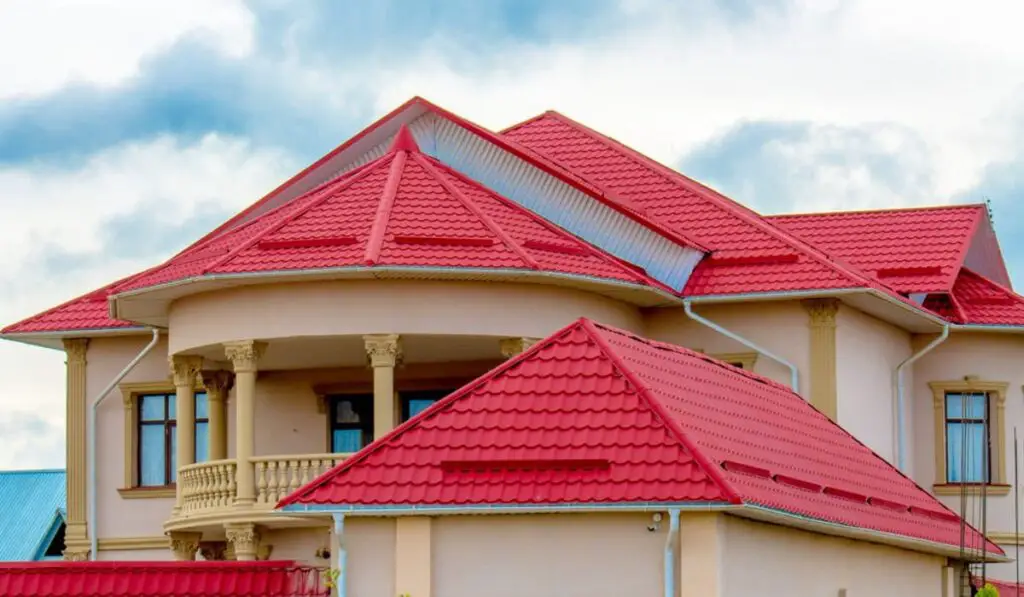Introduction
Choosing the right roof for your home is a critical decision that impacts not only the aesthetic appeal of your property but also its functionality, durability, and energy efficiency. With a plethora of roofing materials and designs available, making an informed choice can be daunting. This article delves into the various types of roofs, exploring their features, benefits, and drawbacks, to help you determine which one suits your home best.
Asphalt Shingles
Features
Asphalt shingles are the most popular roofing material in North America, primarily due to their affordability and ease of installation. These shingles are made from a base of fiberglass or organic material, coated with asphalt and granules.
Benefits
- Cost-Effective: One of the most affordable roofing options available.
- Variety: Comes in various colors and styles, making it easy to match with different home designs.
- Installation: Simple to install, reducing labor costs and time.
- Durability: Typically lasts 15-30 years, depending on the quality.
Drawbacks
- Weather Sensitivity: Can be damaged by extreme weather conditions such as hail, heavy winds, or severe temperature fluctuations.
- Environmental Impact: Not the most eco-friendly option due to the materials used and difficulty in recycling.
Metal Roofing
Features
Metal roofs are crafted from materials like aluminum, steel, copper, or zinc. They come in various forms, including panels and shingles.
Benefits
- Longevity: Can last 40-70 years, making them a long-term investment.
- Durability: Resistant to weather extremes, including heavy snow, rain, and high winds.
- Energy Efficiency: Reflects solar radiant heat, reducing cooling costs.
- Eco-Friendly: Often made from recycled materials and can be recycled at the end of their lifespan.
Drawbacks
- Cost: Higher initial cost compared to asphalt shingles.
- Noise: Can be noisier during rain or hail unless properly insulated.
- Complex Installation: Requires professional installation, adding to the overall cost.
Slate Roofing
Features
Slate roofs are composed of natural stone, offering a distinctive and elegant appearance. They are known for their exceptional durability.
Benefits
- Aesthetic Appeal: Provides a high-end, timeless look to homes.
- Durability: Extremely long-lasting, with a lifespan of over 100 years.
- Fire Resistance: Naturally fire-resistant due to the stone material.
- Low Maintenance: Requires minimal upkeep over the years.
Drawbacks
- Weight: Very heavy, necessitating a strong supporting structure.
- Cost: One of the most expensive roofing options, both in materials and installation.
- Fragility: While durable, slate can be brittle and may break if walked on or during installation.
Clay and Concrete Tiles
Features
Clay and concrete tiles are a staple in Mediterranean, Spanish, and Southwestern home designs. They come in various shapes and colors.
Benefits
- Longevity: Can last 50-100 years, depending on the material and climate.
- Aesthetic Versatility: Available in numerous styles and colors.
- Durability: Resistant to fire, rot, and insect damage.
- Energy Efficiency: Excellent insulators, helping to maintain indoor temperatures.
Drawbacks
- Weight: Similar to slate, these tiles are heavy and require a robust support structure.
- Cost: Higher upfront cost and installation fees.
- Maintenance: While durable, individual tiles can break and may need replacement over time.
Wood Shingles and Shakes
Features
Wood roofing materials, including shingles and shakes, are made from cedar, redwood, or other durable woods. Shingles are machine-cut, while shakes are hand-split, giving a more rustic appearance.
Benefits
- Natural Beauty: Offers a warm, natural aesthetic that blends well with various architectural styles.
- Insulation: Provides good insulation properties, contributing to energy efficiency.
- Sustainability: Can be sourced from sustainable forests and are biodegradable.
Drawbacks
- Maintenance: Requires regular maintenance to prevent mold, rot, and insect infestation.
- Fire Hazard: More prone to fire unless treated with fire-resistant coatings.
- Durability: Generally lasts 20-30 years, shorter than other high-end roofing options.
Synthetic Roofing
Features
Synthetic roofs mimic the appearance of more traditional materials like slate, wood, or tile but are made from engineered materials such as rubber or plastic composites.
Benefits
- Cost-Effective: Less expensive than the natural materials they replicate.
- Durability: Designed to be durable and resistant to extreme weather conditions.
- Lightweight: Easier to install and requires less structural support.
- Low Maintenance: Requires minimal upkeep over time.
Drawbacks
- Aesthetic: May not have the exact look and feel of natural materials.
- Longevity: While durable, may not last as long as some natural options.
- Environmental Concerns: Depending on the materials used, may not be the most eco-friendly option.
Green Roofs
Features
Green roofs, also known as living roofs, are covered with vegetation planted over a waterproof membrane. They are becoming increasingly popular in urban areas.
Benefits
- Environmental Impact: Provides insulation, reduces urban heat island effect, and improves air quality.
- Aesthetic Appeal: Adds greenery to urban environments, enhancing the visual appeal.
- Energy Efficiency: Offers excellent insulation properties, reducing heating and cooling costs.
- Biodiversity: Supports local wildlife and contributes to biodiversity.
Drawbacks
- Cost: Higher initial cost due to the need for a specialized waterproof membrane and structural support.
- Maintenance: Requires regular maintenance to ensure plant health and roof integrity.
- Weight: Can be heavy, requiring a robust support structure.
Conclusion
Choosing the right roof for your home involves considering several factors, including budget, climate, aesthetic preferences, and maintenance requirements. Asphalt shingles offer an affordable and versatile option, while metal roofs provide longevity and durability. Slate, clay, and concrete tiles bring an elegant and long-lasting solution but at a higher cost. Wood shingles and shakes offer natural beauty but require more maintenance. Synthetic roofing materials provide a cost-effective and durable alternative to natural materials, and green roofs present an eco-friendly and visually appealing option.


